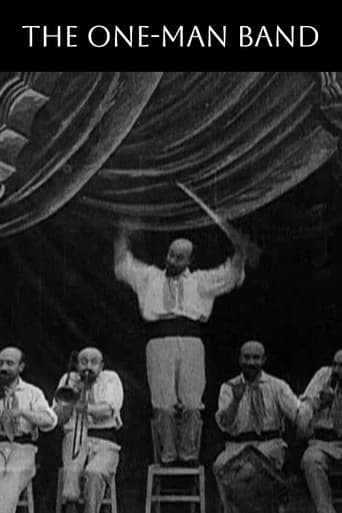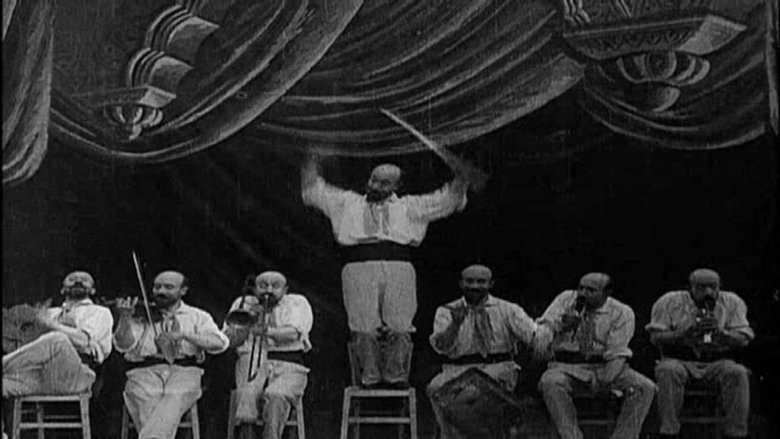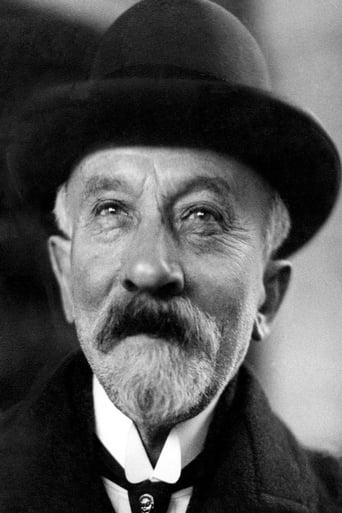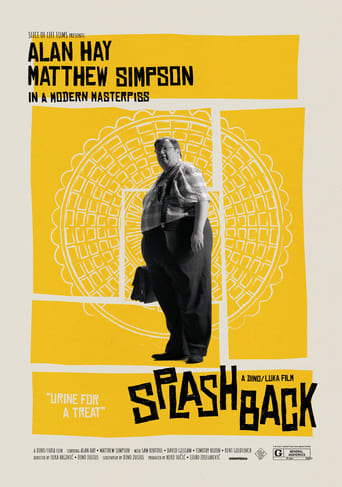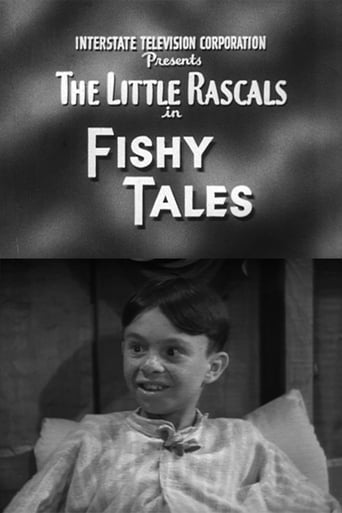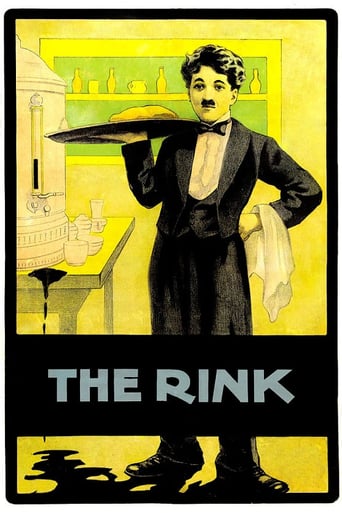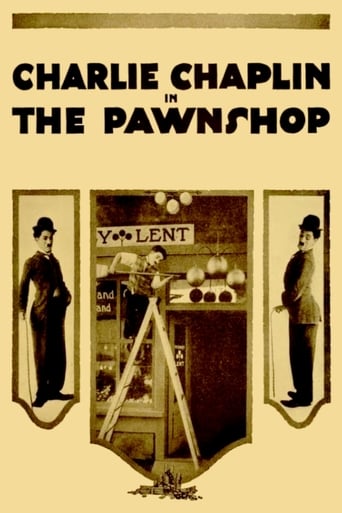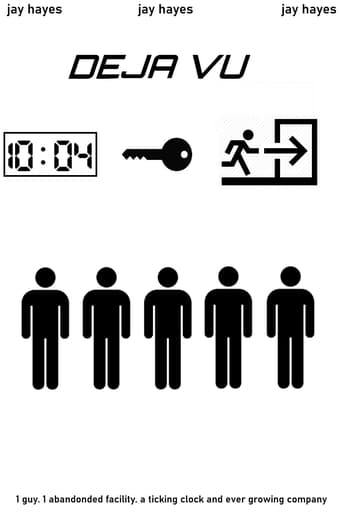The One-Man Band (1900)
A band-leader has arranged seven chairs for the members of his band. When he sits down in the first chair, a cymbal player appears in the same chair, then rises and sits in the next chair. As the cymbal player sits down, a drummer appears in the second chair, and then likewise moves on to the third chair. In this way, an entire band is soon formed, and is then ready to perform.
Watch Trailer
Free Trial Channels
Cast


Similar titles
Reviews
recommended
Tells a fascinating and unsettling true story, and does so well, without pretending to have all the answers.
There's a more than satisfactory amount of boom-boom in the movie's trim running time.
The acting in this movie is really good.
In this innovative short Georges Méliès - the man who invented cinematic special effects - plays an entire band. The specific technology that Méliès showcases here is multiple exposures. This technique was used to populate a single scene with a number of separate images, filmed independently. In this case Méliès appears as seven different characters, all making up the little orchestra. It's a typically ambitious idea from the master showman of early cinema. And like his other experiments, it's done very well. It really is remarkable how successfully Méliès produced his crazy ideas at this extremely early stage in the development of the medium. Not only is it technically expert but Méliès also acts out seven characters in one simultaneous scene and his timing is very precise. This film was one of many from the director's first phase where his movies were essentially showcases for his visual trickery and cinematic sleight of hand. He would soon go on to expand his repertoire with story-telling, such as the seminal A Trip to the Moon. But these earlier experiments are still a great way of seeing the development of a true pioneer.
"The One-Man Band" is one of early cinema pioneer Georges Méliès's more amusing and ingenious trick film attractions. It exploits multiple-exposure photography (a.k.a. superimpositions), which he had already employed in some of his earlier trick films, including "The Four Troublesome Heads" (1898) and "The Mysterious Portrait" (1899). There is also some substitution splicing (a.k.a. stop substitutions), which was Méliès's most common trick. In this film, he uses multiple-exposure photography to reproduce his own image sevenfold—to create a band, who then play their various instruments in an amusingly hammy manner. To accomplish this feat took precise acting and direction from Méliès, as well as from his cameraman; camera masks were used and exact timing was required for the seven different exposures of the negative. It was all done in-camera. As indication of the sophistication of Méliès's trick here, Buster Keaton has received praise for technical and creative brilliance by doing the same thing 21 years later in "The Playhouse".
One-Man Band, The (1900) *** (out of 4) aka L'Homme orchestre This here is one of director Melies best known and loved films. Melies plays a band leader and we see his spirits or doubles, come to life and make for an entire band. Buster Keaton would somewhat redo this film two decades later in The Play House and in my opinion it can't hold a candle to this film. The special effects hold up quite well and the way the spirits come to be is nicely done. Melies was certainly a genius and this is one of the highlights of his career.
Georges Melies was the founder of special effects in movies. Its really quite wonderful watching these little shorts: imagine you had the opportunity to realise for the first time the things that were possible with filmed images. By filming a scene, then removing or moving one element and filming it again and editing the two shots together you can make things disappear or jump from one side of the room to the other. This is true magic, and watching Melies discover these things is a special thing i'm glad i've had the opportunity to see.Aside from this value, the shorts still retain their immense fun for audiences an entire century after their creation. Now THAT is called staying power.In this short, Melies clones himself six times to fill six seats of an orchestra, then makes the seats disappear, then reappear, then makes himself disappear in a cloud of smoke. The music, i believe is Robert Israel, a great modern composer who's been doing us the honour of writing scores for many great silent movies, which adds immeasurably to our enjoyment of them.

